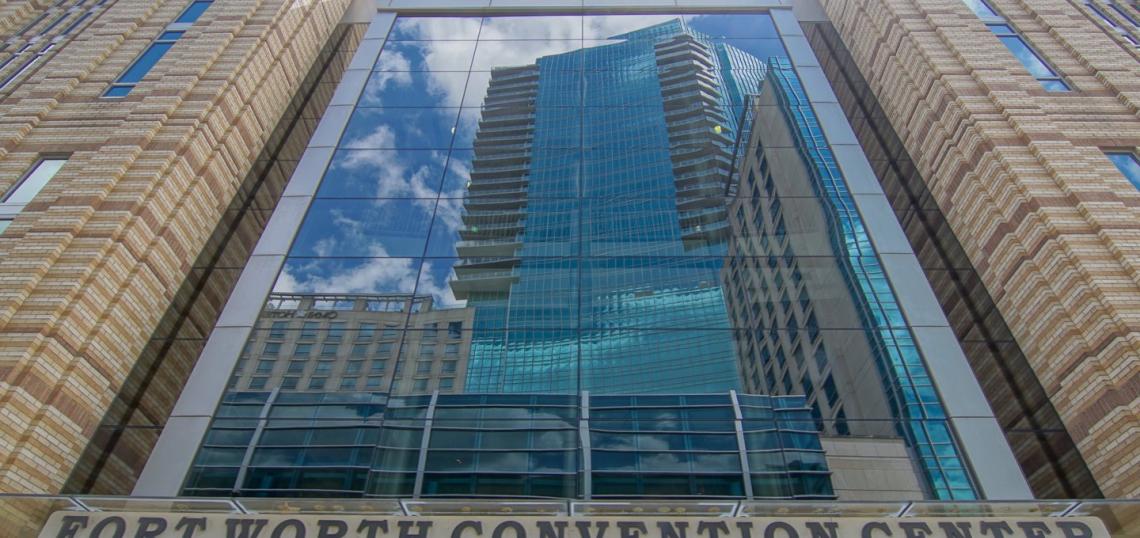On August 12, 2023, construction began on Phase 1 of the Fort Worth Convention Center's expansion after a long 20 years of planning. The $95mm Phase 1, which was approved earlier this year, hopes to revitalize the convention center through modernization and future-proofing. This follows an August 9 meeting with over 300 downtown stakeholders in which timing of construction, potential street closures, and other infrastructure plans were discussed. The expected time of completion for Phase 1 is early 2026.
The project's eye-watering budget is fitting for its ambitious scale. Included in Phase 1 alone is:
- State-of-the-art food and beverage facility
- Demolition of 1983 annex
- Additional loading docks, bringing the total to 11 from its current 7
- Realigning Commerce Street to create a site pad for a future hotel
- Yes, moving an entire street
Mike Crum, director of Public Events for the City of Fort Worth, spoke to the reasoning behind such a large investment:
According to the state of Texas, Fort Worth’s visitor economy generates over $3 billion annually and employs over 30,000 of our residents. This expansion will allow us to deliver an even more delightful experience to our guests and remain competitive with other Texas cities.
The convention center area has also attracted other investments:
- Texas A&M is investing $340mm into their new Fort Worth Campus adjacent to the convention center. It will house research facilities, a law and education building, and a gateway office building. It should be completed by October, 2025.
- The Omni Hotel Fort Worth is investing $200mm into a new hotel, also adjacent to the convention center. The hotel will contain 400 guest rooms and 50,000 SF of meeting space, a great complement to The Convention Center's own 618 room hotel. It should be completed in 2026, just in time for the completion of the Phase 1 project.
Rapid investment into this area can provide great opportunity for investors. As money pours into the neighborhood, rising property values may entice redevelopment as the highest and best use of the area changes with the times. Additionally, an increase in business and tourist traffic from the convention center may prompt such redevelopments to shift asset classes entirely, such as converting office space to retail to better meet the needs of visitors.






